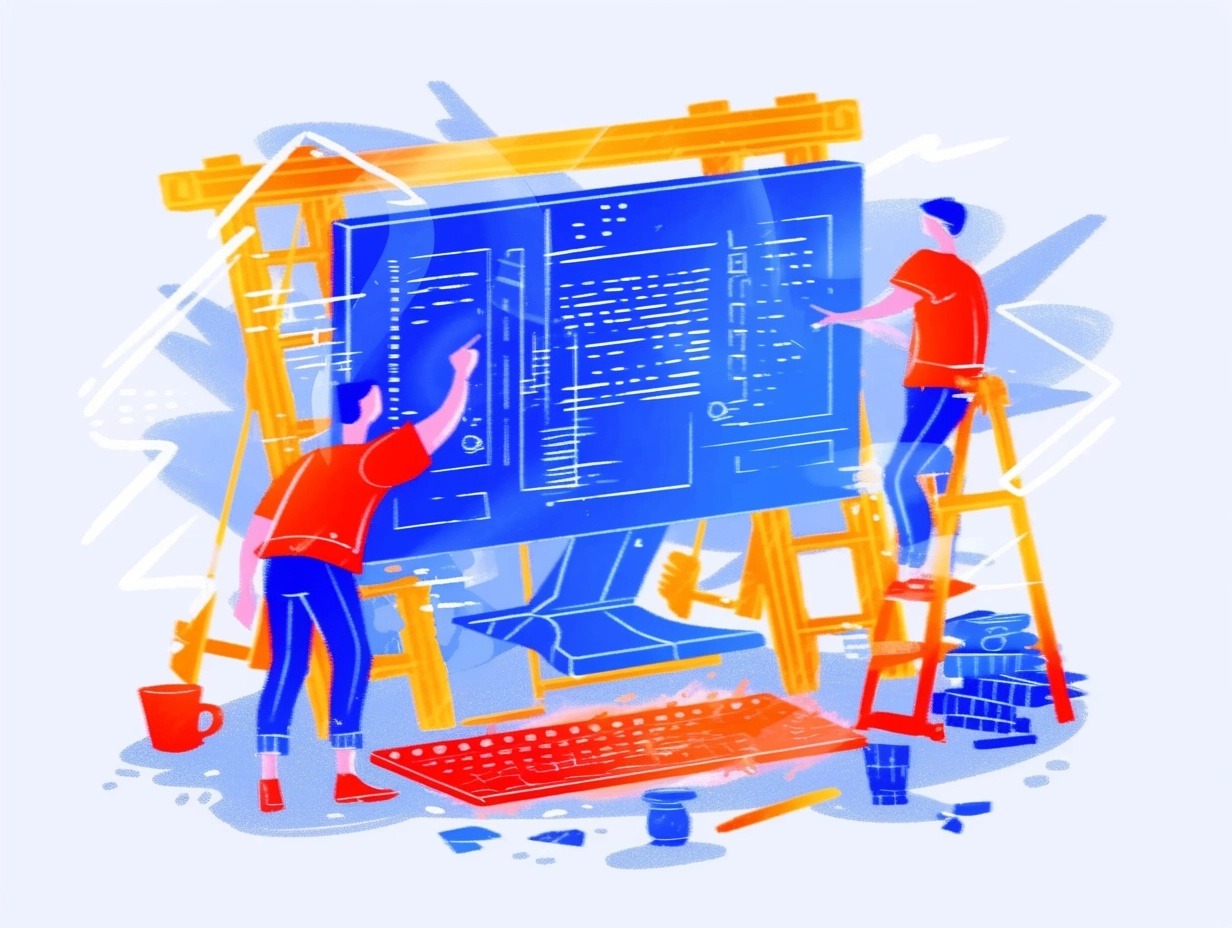The Appeal of DIY Website Builders
It’s easy to see why do-it-yourself (DIY) website builders are popular among small businesses and self-starters. The low upfront costs and accessibility are major draws—after all, who doesn’t love saving money? With plenty of free plans and affordable pricing tiers available, these platforms present an enticing option for folks with tight budgets. Plus, with a library of pre-designed templates, even those with zero design experience can set up shop online in an afternoon, skipping the need (and cost) of hiring a web developer.
What really sweetens the deal is how simple these platforms are to use. Thanks to drag-and-drop interfaces and clear setup wizards, most people can put together a website without sweating over technical jargon or code. The result? A quick, straightforward path to an online presence, perfect for go-getters who want results without a steep learning curve.
The Hidden Financial Costs of DIY Solutions
Unfortunately, what appears to be a bargain can hide a number of sneaky expenses. After the free trial ends or you outgrow the basic plan, you’ll often find that must-have features—like SEO plugins, e-commerce capabilities, and analytics tools—require extra monthly payments. Those rock-bottom hosting rates? They don’t stick around if your site gets busier, needs more storage, or you want better performance. Expenses start piling up fast.
Security is another wallet-drainer. Most basic DIY packages don’t come with reliable cyber protection or regular backups, which means you might have to pay for outside services or leave your website vulnerable to threats. Even basics like custom domains, more advanced design options, and higher bandwidth typically aren’t free. Add on costs for email marketing, payment integrations, or connecting other business tools, and the supposed savings start looking less impressive.
References: Bliss Drive, Blue Sky Web Design, Medium
Time, Skill, and Opportunity Costs
Building a website isn’t just about dollars and cents—it’s also about time. Learning even the basics of web design, good navigation, and layout can take weeks (or months). Just getting your site live is only the beginning. You’ll need to keep it updated, deal with technical headaches, and manage fresh content—all regularly stealing hours from your day.
The bigger picture? Every hour you spend clicking around a site builder is an hour not spent growing your business. Customers, marketing plans, and strategic decisions all get less of your attention. In other words, the opportunity cost can quickly outpace any financial savings. A website that looks unfinished or doesn’t perform right can do more harm than good, diverting your energy away from what really matters: your customers and business goals.
References: Dandelion Marketing, Muletown Digital
Risks to Quality, Security, and Performance
It’s not just about costs: many DIY sites have performance and security issues you won’t notice until it’s too late. Slow load times are common thanks to crowded hosting and heavy templates, and that can drive visitors away—and tank your search engine rankings. SEO tools on these platforms are often bare-bones, making it tough to get found in a crowded market.
Security risks are real, too. DIY sites are less likely to get timely updates or have robust security, leaving your business open to hacks or data breaches. Another headache is mobile optimization. Templates might claim to be responsive, but many sites look awkward or function poorly on phones and tablets. And if your brand’s look is crucial, DIY tools can make it hard to keep everything looking consistent and professional, potentially chipping away at the trust you’ve worked so hard to build.
References: Barrett Solutions, Mark Brinker
When It’s Time to Call in the Professionals
How do you know when it’s time to hand the reins to a professional? If your site is slow, glitchy, losing sales, or just can’t do what you need, it might be time. As your business grows, simple DIY sites can struggle to keep up—slow down, security issues, or mobile problems become deal-breakers rather than minor annoyances.
Professionals come with a toolkit of experience and technology to fix these issues quickly. They can design with strategy in mind, shore up security, and create a site that truly supports your goals. Yes, there’s a bigger upfront investment, but it often ends up saving you money in the long run—by preventing lost sales and eliminating the need for constant do-it-yourself repairs.
References: Business.com, Barrett Solutions
Making the Right Choice for Your Website
Deciding whether to DIY or call in the experts? Start by outlining your must-haves and what you hope to achieve. If you’re on a tight budget and just need a basic, brochure-style site, a DIY builder might work for now. But be honest about the platform’s limits—will it adapt as your business grows or your vision evolves?
On the flip side, if you’re aiming for standout branding, powerful features, or expect your business to expand, a professional-built site is often the better investment. It may cost more at the beginning, but it’s designed to grow with you, making future upgrades and updates smoother and safeguarding your online reputation.
Ultimately, it’s about finding the right fit for where you are—and where you want to go. Consider not just the startup costs, but the time, energy, and flexibility you’ll need as your business moves forward.
References: Blue Sky Web Design, Mark Brinker

